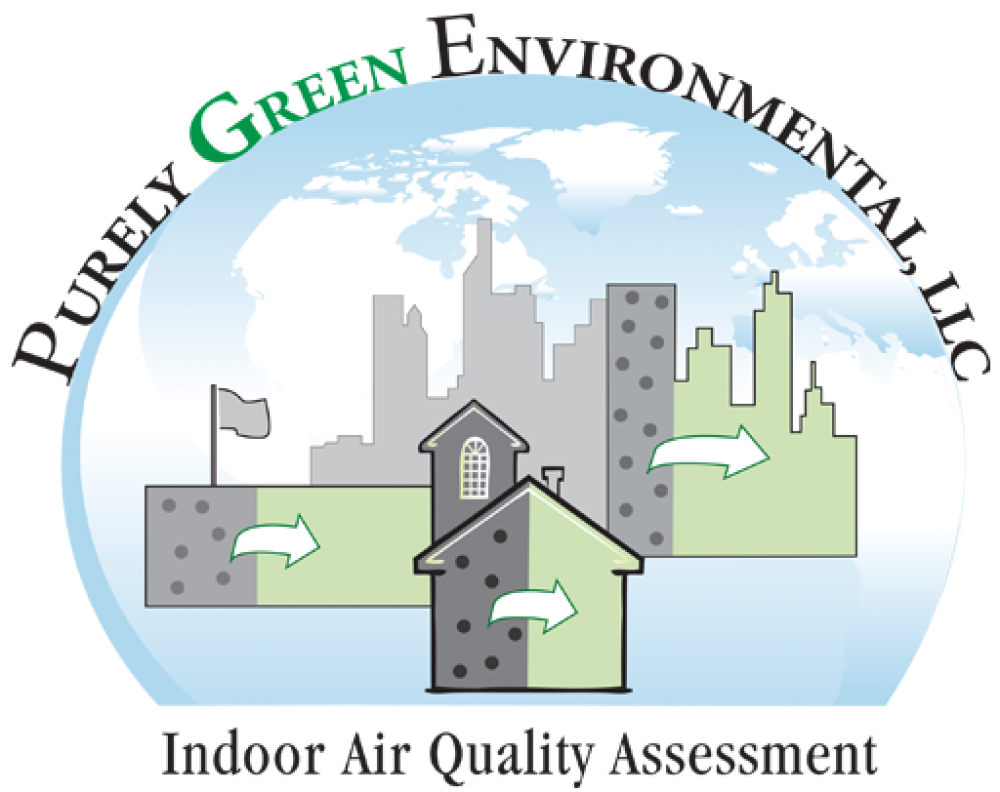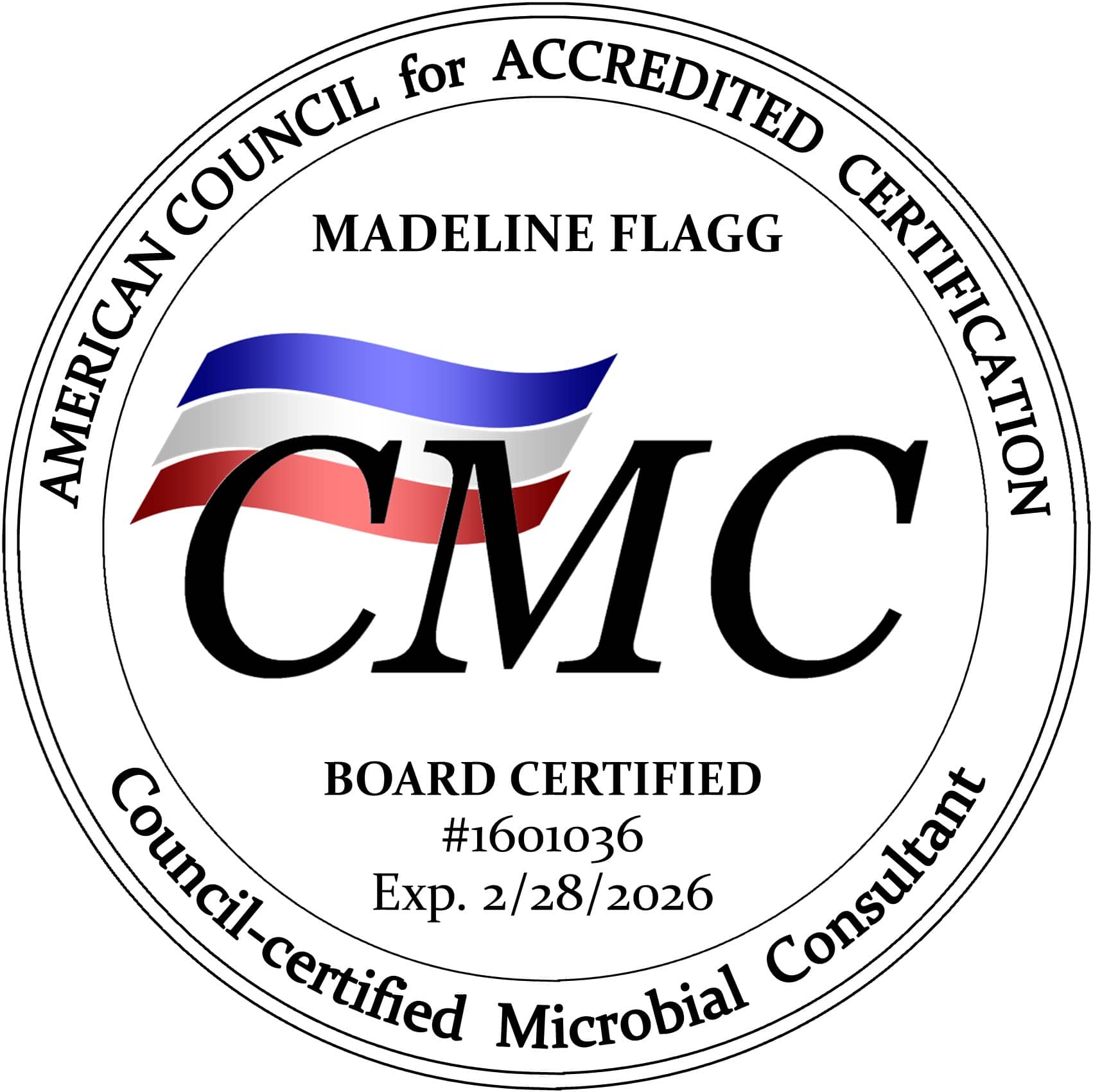Summer storms bring much-needed rain and a cool breeze, but they can also bring unwanted guests into your home: mold. Understanding how summer storms can lead to mold growth and knowing how to prevent it can save you time, money, and potential health issues. Discover what your trusted Boston mold expert has to say when it comes to the connection between summer storms and mold in your home in this month’s blog.
The Connection Between Summer Storms and Mold
Increased Humidity Levels
Summer storms often result in a sudden spike in humidity levels. Mold spores, which are always present in the air, find these humid conditions ideal for settling and growing. The excess moisture in the air can seep into your home, making your walls, ceilings, and floors prime real estate for mold colonies.
Flooding
In areas prone to heavy rainfall, flooding is a common issue. Floodwaters can bring not only excess moisture but also contaminants that can contribute to mold growth. Once floodwater enters your home, it can be challenging to dry out the affected areas quickly enough to prevent mold from taking hold.
Roof and Window Leaks
Summer storms often come with strong winds that can damage roofs and windows, leading to leaks. These leaks can go unnoticed until mold begins to appear. Water entering through damaged roofs or windows can spread throughout the home, creating multiple sites for mold growth.
How to Prevent Mold Growth After a Summer Storm
Inspect and Repair Damage Promptly
After a storm, inspect your home for any signs of damage. Check the roof, windows, and foundation for leaks or cracks. Promptly repairing any damage can prevent water from entering your home and creating a moist environment suitable for mold growth.
Dry Out Wet Areas Immediately
If your home has experienced water intrusion or flooding, it’s crucial to dry out the affected areas as quickly as possible. Use fans, dehumidifiers, and wet/dry vacuums to remove moisture. For significant flooding, you may need to call in professional water damage restoration services.
Improve Ventilation
Ensure your home is well-ventilated to prevent moisture buildup. Use exhaust fans in bathrooms and kitchens, and consider installing additional ventilation in attics and basements. Proper airflow can help keep humidity levels in check and discourage mold growth.
Clean and Disinfect
Thoroughly clean and disinfect any areas that have been exposed to water. Use mold-killing solutions or a mixture of water and bleach to clean surfaces. Pay special attention to hidden areas like under carpets, behind walls, and inside HVAC systems where mold can grow unnoticed.
Monitor Humidity Levels
Keep an eye on the humidity levels in your home, especially after a storm. Ideally, indoor humidity should be kept between 30% and 50%. Use a hygrometer to monitor humidity levels and use dehumidifiers as needed to maintain a dry environment.
Purely Green Environmental | Boston Mold Expert
An inspection with our Boston mold expert is the best way to bring peace of mind and ensure the members of your household are safe and healthy. If you’re in need of an inspection or are concerned about mold in the home, we encourage you to contact our team to schedule an appointment today.
Follow us on Facebook for the latest updates!




